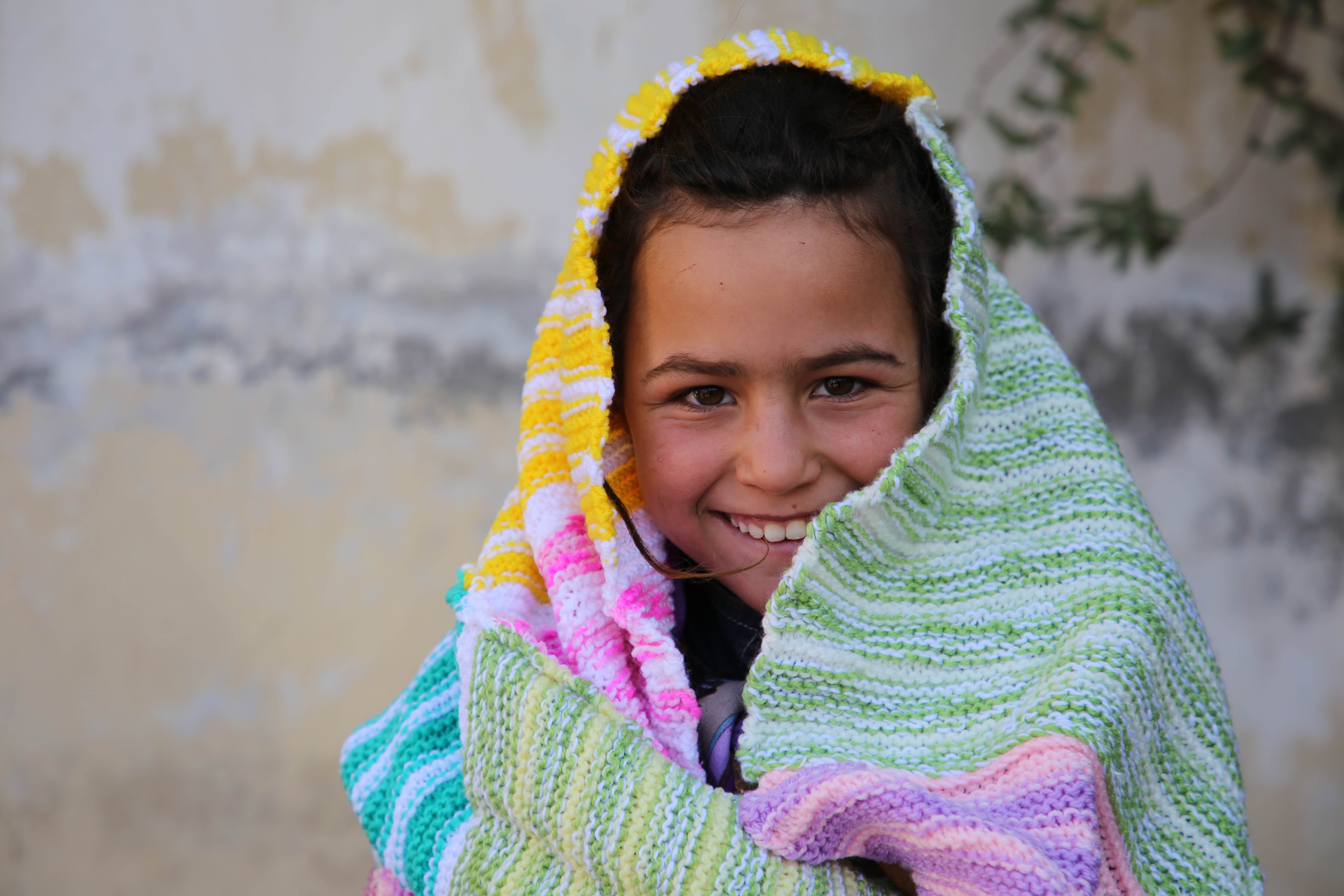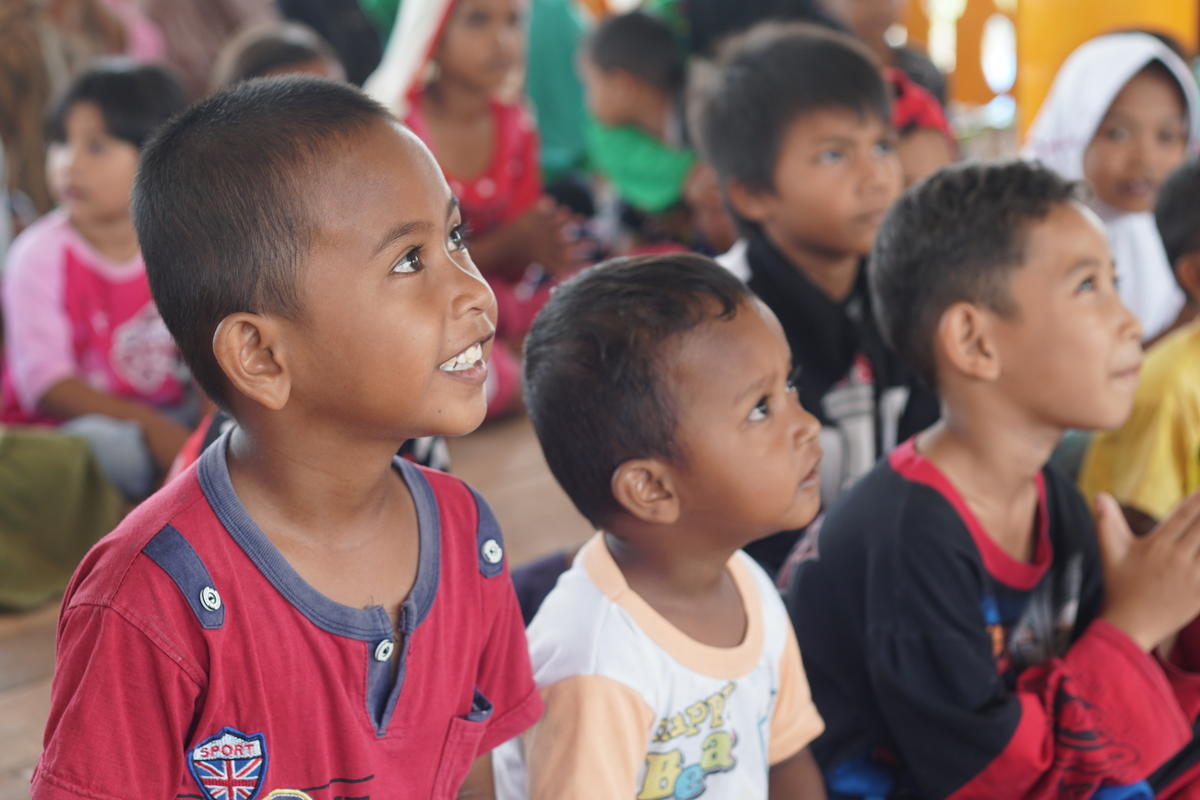Child-friendly help
At World Vision, we have decades of expertise helping children deal with the many challenging experiences, trauma and changes to their circumstances that some of the most vulnerable children have gone through.
Events such as natural disasters, the loss of parents, or being forced to leave everything behind because of war in your homeland, can cause immense stress on a child’s mental well-being.
In such circumstances, it’s important to help children connect with their emotions and understand how they feel at different times. And it’s vital they can express these feelings to help the adults around them support them.
World Vision’s Child-Friendly Spaces become a haven for children, giving them opportunities to leave their worries behind and become children again, to play, draw and create.
They are also given ways to explore their feelings through games and exercises which will help their mental wellbeing, and strengthen their ability to cope with life in the future.





